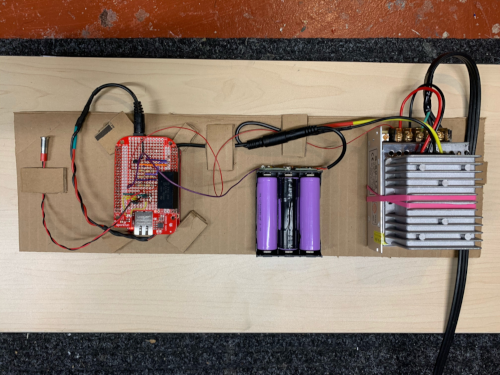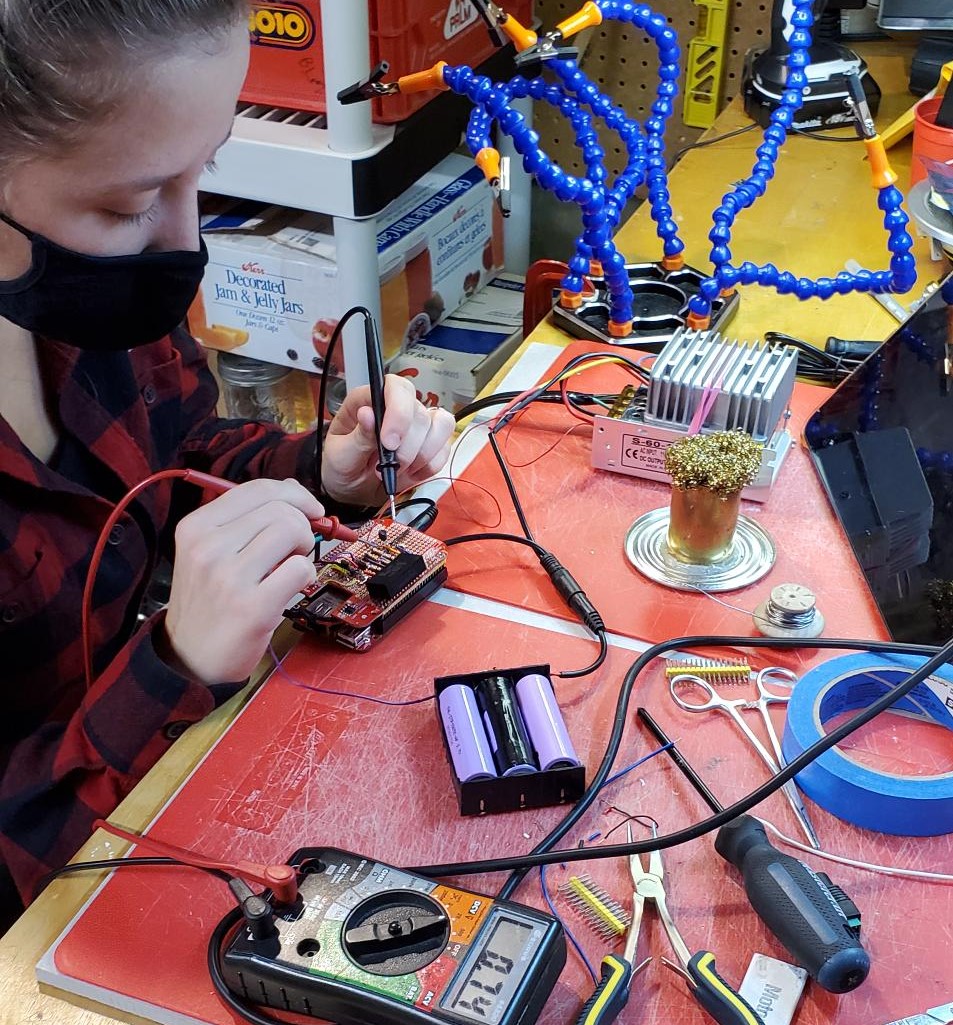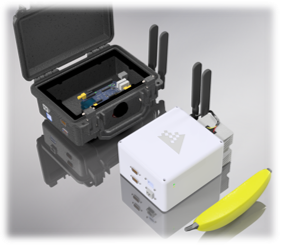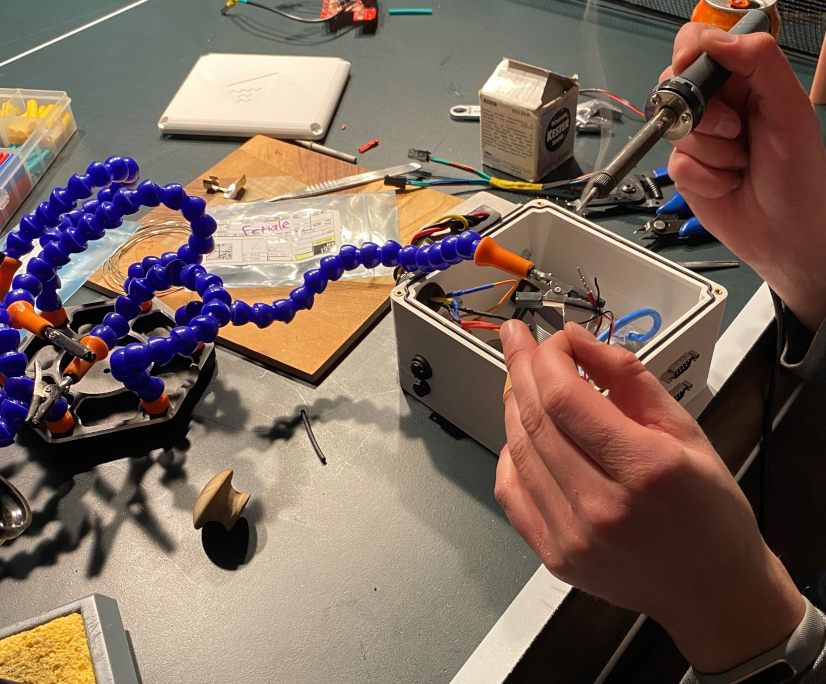Project Category: Electrical
About our project

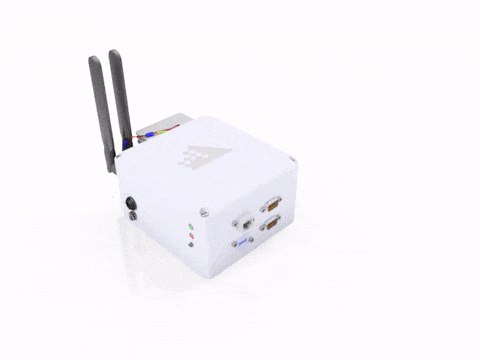
Developing new sensors requires testing in real world use-cases. Particularly, our focus was on sensors that can be used on agricultural vehicles, such as a GPS/GNSS receiver. Agricultural areas are typically in remote locations. This generally requires engineers to travel to these remote locations, which is costly in time and money. Additionally, with the current pandemic, there may be a health risk as well.
We tackle this problem with a remotely accessible micro-computer with Internet-of-Things capabilities, that can be installed on a vehicle and withstand environmental conditions. It is capable of streaming data to remote servers in real-time to facilitate the capture of bulk data for processing and further analysis.
Join our presentation
Meet Team DAD
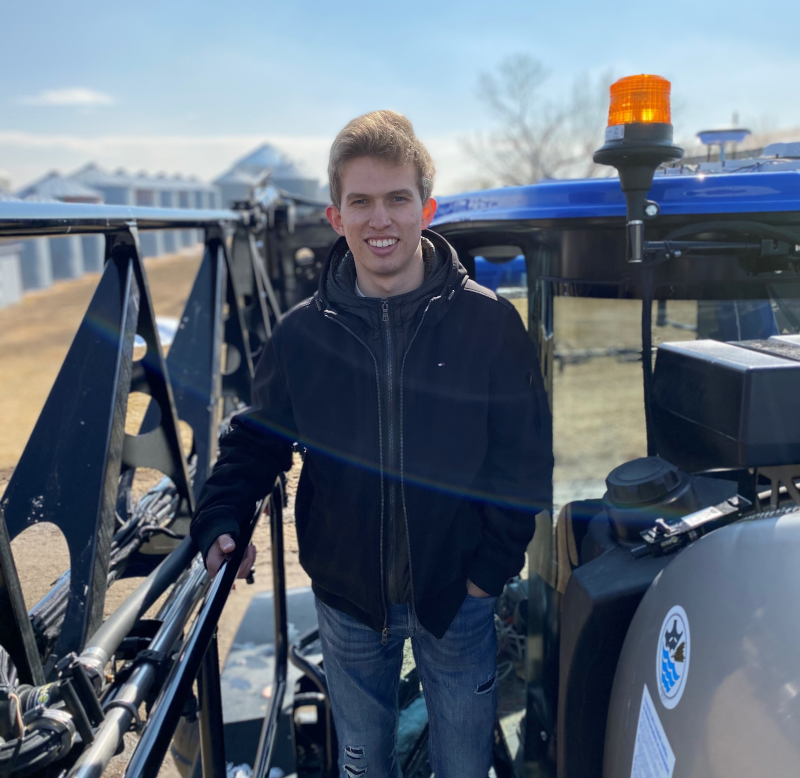
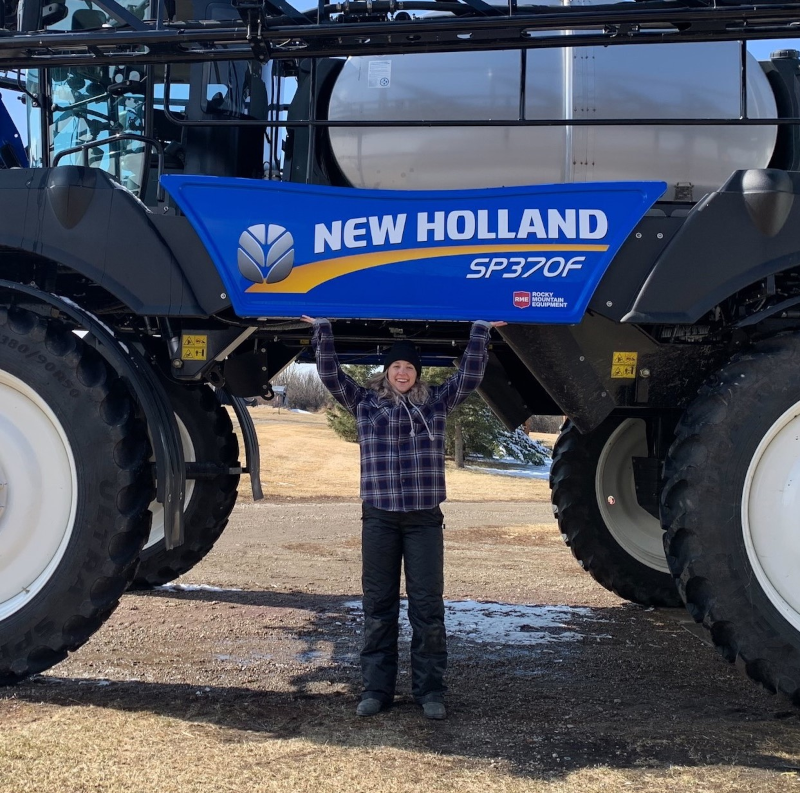



Details about our design
HOW OUR DESIGN ADDRESSES PRACTICAL ISSUES

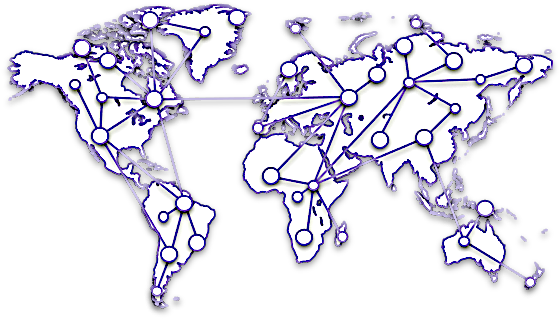
How would engineers and developers improve their products with a shortage of customer use-case data? How would they improve their products with a surplus of customer use-case data? The DAD is our effort towards making sure we do not need to ask the first question ever again.
The above High Level System Design displays the level of abstraction that the DAD device would ideally be viewed at. The DAD would be installed on an agricultural vehicle alongside a sensor or other fielded product. Communication between the devices is setup, and logging is configured. This can be done locally, but ideally the DAD would be installed by a non-technical expert in the field, and then configured over a remote connection by engineers in the office. A “data stream” would then be configured from the device to a database/server, and ideally a whole network of these devices would be deployed to allow a massive amount of new and potentially interesting customer use case data to be available daily.
WHAT MAKES OUR DESIGN INNOVATIVE


Our device is externally simple, enabling individuals with less expertise or knowledge to easily set it up. This provides engineers with in-the-field testing capabilities from the office. Our product is designed to be flexible to work with a diverse variety of wired and wireless sensors. The device has its own local sensors for monitoring of environmental conditions, including: a barometer, internal and external temperature sensors, accelerometers and gyroscope, and vehicle voltages. In combination, these features and more allow for simplified yet comprehensive remote data capture while better reallocating engineering efforts.


The DAD’s sensitive electronics are housed in a custom 3D printed, splash/dust proof, highly UV and temperature resilient, rugged ASA enclosure. Through the use of Fused Deposition Modelling 3D printing technologies, we were able to iteratively design and test an enclosure that was fully optimized to our needs. The choice of ASA material for our enclosure means that there is zero post-processing necessary to ensure that the enclosure will survive the harsh environmental conditions expected in the DAD’s use cases. For high volume production, the high quality ASA enclosure can be used as a master model for injection modelling molds.

At the core of the DAD is the BeagleBone Stack, consisting of:
- A BeagleBone Black Enhanced Industrial, an upgraded version of the standard open source BeagleBone Black, capable of operating in a range of -40C to +85C, thus enabling the DAD to maintain system functionality in harsh environments.
- A Skywire Cape, which outfits the DAD with its IoT capabilities, providing sockets for a cellular internet modem and WiFi module, as well as 2 CAN transceivers.
- RS232 Cape for serial communication and additional SD card expansion slot.
- Our custom made Protoboard Cape


Our custom designed Protoboard Cape acts as the power management system for the DAD. It allows the DAD to be supplied from a vehicle’s alternator, as well as a backup power supply, giving the DAD the ability to be online before its connected sensor is, making it possible to capture data in the crucial moments just after sensor startup.

To give the DAD remote accessibility over an established Point-to-Point (PPP) cellular internet connection, we leveraged the free and open source ZeroTier software. ZeroTier allows DAD devices anywhere in the world to be as easily accessible as if they were on a local area network, with full SSH and SFTP protocol support over a 256-bit end-to-end encrypted peer-to-peer connection.
WHAT MAKES OUR DESIGN SOLUTION EFFECTIVE
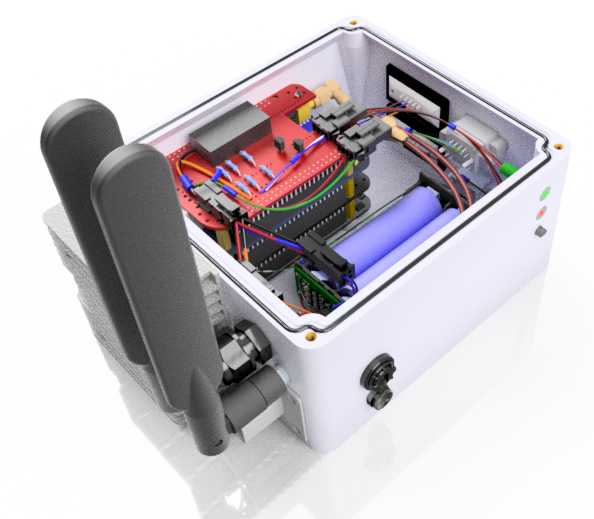
We took care in refining our 3D modelling such that we knew well in advance whether our hardware would integrate well into our enclosure. The enclosure was optimized with our chosen hardware, specifically to ensure we were minimizing the size of the enclosure, and thus keeping associated 3D printing costs at a minimum.

The same care was given in regards to our power system design, which ensures that a DAD unit deployed in the tough, kinematic environments expected can have a reliable supply of power, that can easily be diagnosed in fault conditions via a power indicator LED and externally accessible finger-screw-able IP68 fuse holder.

The final design of the DAD shows that it can be used in a broad range of possible use cases, outside of those we intended initially. Whether it be installed on an agricultural vehicle, mounted on the roof of an autonomous car, or in the back of a speed boat, DAD is there.
HOW WE VALIDATED OUR DESIGN SOLUTION


While the COVID-19 pandemic proved to make a hardware project such as this more difficult to validate in all the scenarios we desired, we were able to have a single field-testing day out at the farm, following the appropriate COVID-19 protocols, in order to validate that our solution was effective. The DAD was installed on a SP370F Sprayer vehicle, and we sent it out to capture some data.


While connected to a NovAtel GPS/GNSS receiver on the vehicle, we captured GPS data to the DAD device, and transferred it to our computer via SFTP over the PPP cellular internet on the DAD. The geospatial plot is a visualization of the GPS data captured, showing the trajectory that the vehicle took through the farm field.


Our other main concern in regards to testing was whether the enclosure would be splash/dust proof as desired. It proved to be dust proof, but with the high pressure shower test shown above, there was minimal water ingress, necessitating the need in the future for a softer O-ring than the rubber one installed.
FEASIBILITY OF OUR DESIGN SOLUTION

We believe we achieved a highly effective and feasible solution, that satisfied all of the essential requirements of our project. At this point, the DAD could be readily fielded and put to work further validating the design solution that Team DAD came up with. The extensive documentation package we created, including technical specifications, diagrams, development validation testing results, fixes and steps forward regarding the design, as well as assembly instructions and a software configuration guide, will ensure that engineers moving forward with this design will have a solid understanding of what has been done, and what needs to follow. A sample of this is the CAD drawing for the enclosure, as seen above.
Partners and mentors

We want to thank the NovAtel team for the constant support they gave throughout this project. Thank you to our academic advisor Marcus Andreotti, and our sponsor representative Tom Lewis, for giving us the opportunity to work on and learn with this exciting project over the final year of our degrees, as well as helping us to define and complete a do-able hardware solution throughout this tough year of the COVID-19 pandemic. Thanks to Mitchell Machacek and Adam Mehina for giving their time to support us throughout the year, and for making sure to always ask the hard questions.
We would also like to thank our TA, Hugo Leite, for providing us with valuable feedback and support throughout the year.
A special thanks to Jason Cihelka for giving his time and expertise so that we could make a 3D model that would be good for 3D printing, and for assisting us in making a test print.

